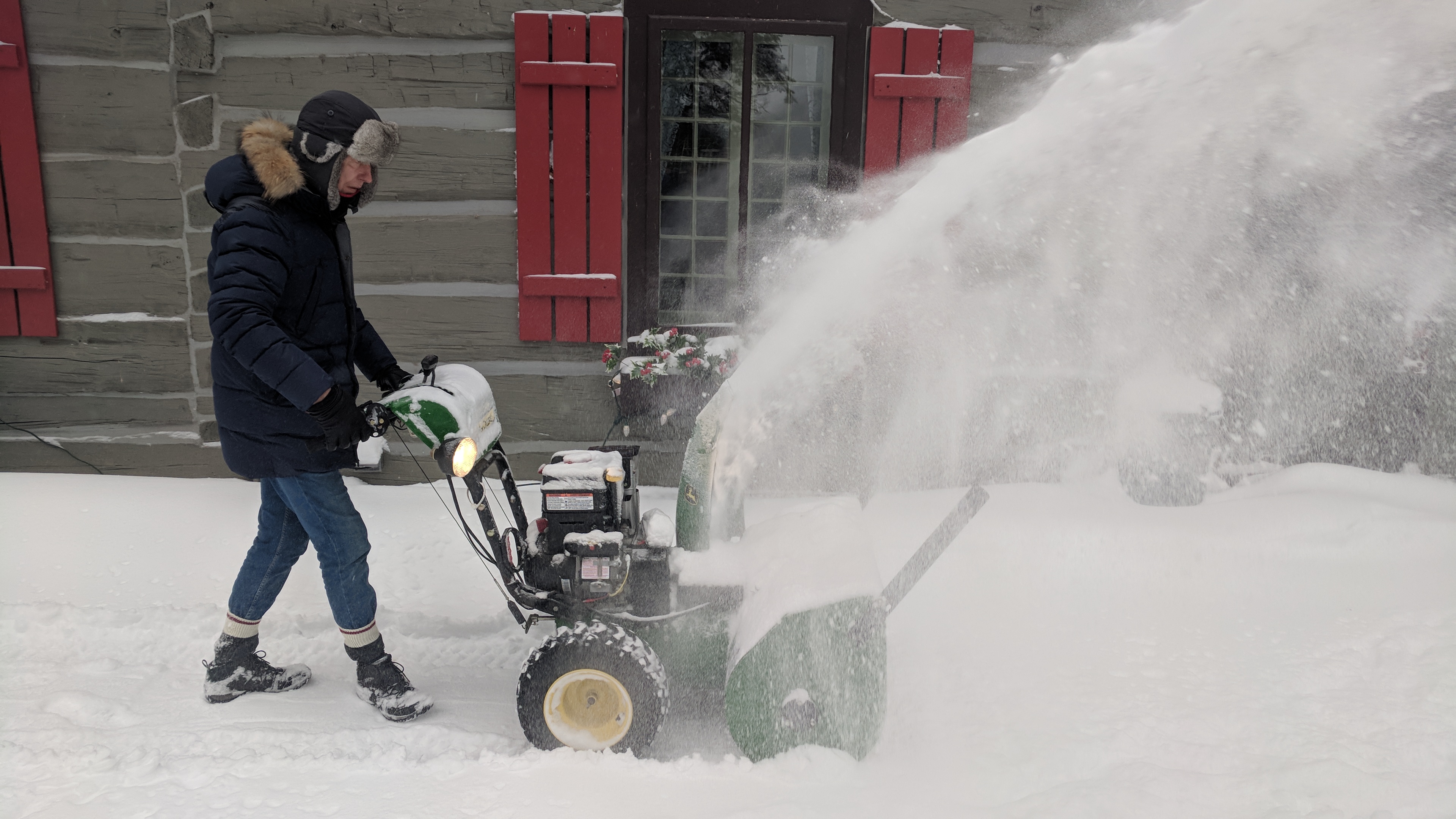In addition to frostbite, working outdoors in extreme cold has health risks. Here are some tips to be able to continue dealing with winter when you have to work outdoors.
The “onion peel” technique is very effective in fighting the cold. “It is primarily metabolic activity (beating heart, blood circulation, physical activity, etc.) that warms the body,” indicates the “Prevention at work” website, recommended by the Robert Sauvé Institute for Occupational Health and Safety (IRSST). Good warm clothes prevent you from losing your body heat. Protecting the extremities, such as the head, hands and feet is also very important, since they are how we lose most of our warmth. Hence the importance of choosing good shoes or work boots. In addition to being warm, they must be non-slip when working outdoors on sidewalks or streets that can be icy. “Leather boots with rubber soles, lined with felt and with false felt insoles are best suited to heavy work in a cold environment because leather is porous, which allows the boots to “breath” and perspiration to escape,” the website of the Canadian Centre for Occupational Health and Safety (CCOHS) reads.
Beyond clothing
Of course, clothing suited to outdoor work is essential to prevent hypothermia, gangrene, frostbite and other risks related to this winter enemy. But did you know that individual behaviours can also help to endure the cold?
These include having a diet consisting of starchy foods which can help fight low temperatures. Rice, pasta, potatoes, pea soup: these are examples of ingredients that help to produce warmth.
The website “Prevention at work” recommended by the IRSST also explains that “fatigue, consumption of alcohol, tobacco or drugs, poor diet or blood or circulatory disorders” are detrimental to preserving heat.
If your work involves being outdoors at very cold temperature, find out what you need to do. Several websites give good advice about this, as well as informing you about your rights. This is especially the case for the CCOHS as well as that of the Commission des normes, de l’équité, de la santé et de la sécurité au travail (CNESST), which describes for example the signs and symptoms of cold-related ailments, as well as solutions to know how to recognize them and treat them, if necessary.
